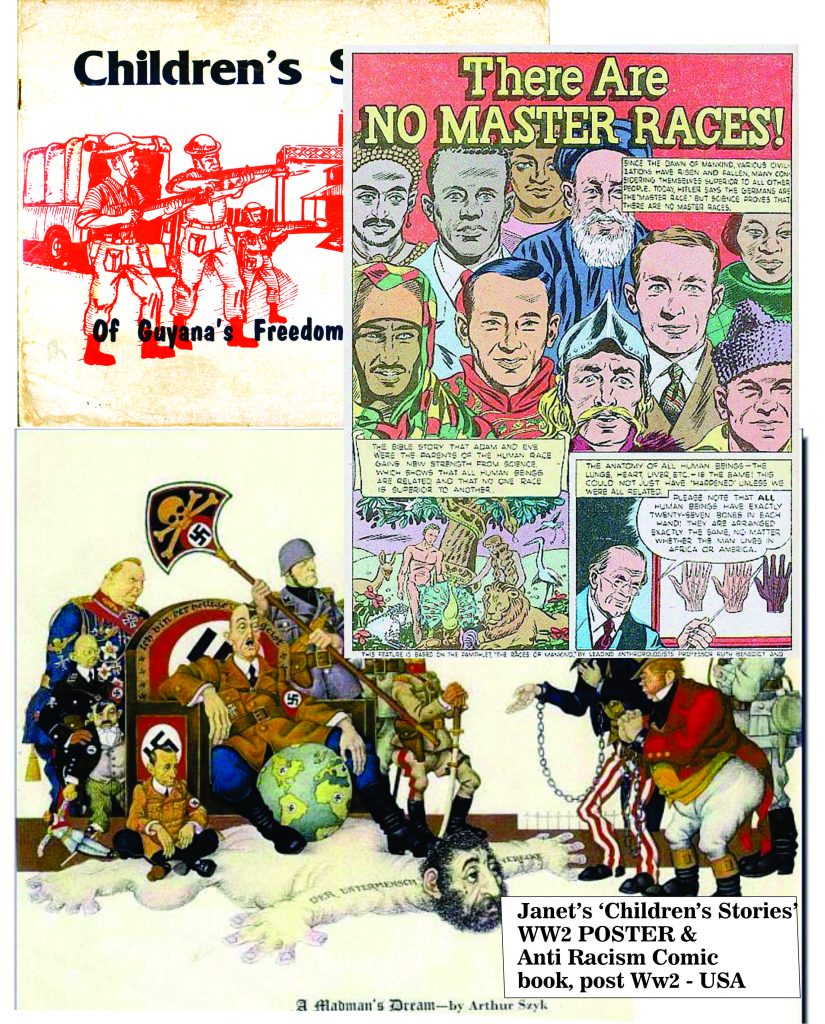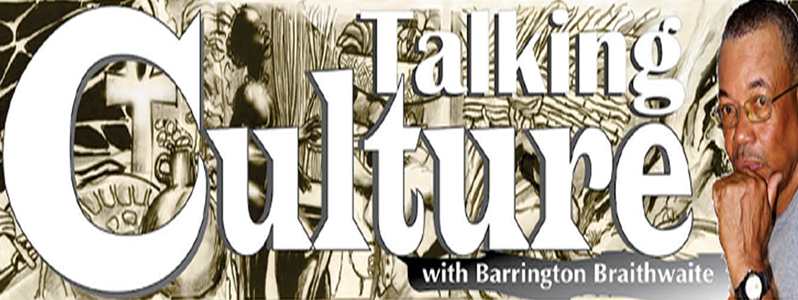The tool of warriors, colonisers, educators and change…
WHETHER recognised or ignored by the public — confirmed and the indifferent — the developments of ‘Educational-Entertainment’– whether used to intentionally misguide and misrepresent or as a placebo, or to enlighten– exist as an essential and formidable tool. From the time of our most ancient recorded ancestors in Khemet to West Africa, India, China, Europe, the Americas, they have used imagery, expanding as they traded and shared with each other, to illustrate in marble, wood and frescoes against walls in caves on amulets, shape into ballads and traditional music. We rely on their ancient religious and propaganda art as guides to how they lived, worshipped and partied and as with the Kama Sutra, much more. Edutainment is conceptualised in the creative sphere of our faculties and given visual and oral life towards nourishing the imagination of the tribe, it has been the sustenance of mankind and has earned its modern name of Edutainment with a more direct sense of attention only recently. As a young man in the early 80s without any technical direction, but with a know-it-all attitude, I entered the world with my talents after some harsh awakenings, though I had to make efforts to ignore this art and writing thing that persisted as one grassroot sage informed me, “ Yuh either follow yuh gift or yuh guh mad.” So I did and over the years, I learnt why Forbes Burnham wanted The Phantom, Mandrake and Tarzan replaced with local adventure comic strips. The latter name (comic strips) is misguiding. There was nothing comical about ‘Tarzan’,’ Mandrake’ and the ‘Phantom.’ These were powerful characters as well as subliminal concepts of indoctrination that were cultivating the very inferior complexes that were hidden in the subconscious mind, but were navigating and didactic in the active consciousness.
These were not as I have learnt, fly-by-night, quick put-togethers. It required talent, a source of inspiration and access to historical, geographic, mastery of techniques and cultural understanding of the subject first, even to misrepresent it, an awareness of the foundation had to exist. The popular culture and edutainment works of the colonial day mentioned were authored by an all- American league, Robert E. Howard, the creator of ‘Conan the Barbarian’; his is an interesting and tragic life. Lee Falk created ‘Mandrake The Magician’ and ‘The Phantom’ and Edward Rice Burroughs created ‘Tarzan.’ These evolved to become exceptionally influential and popular comic books, toys, T-shirts, movies and graphic novels that were created during the segregated period of American history and carried themes that appealed to the racist folk culture beliefs of the majority of white Americans at different levels. I am positive that the influence of external concepts from sources who had recognised the psychological usefulness of these creative works were involved. The fact is, any opposing themes would not have resulted in the possibility of being published. The reality about all of the latter creative works mentioned is that they severely altered historical facts, climate versus biological realities and were blatant in the uniformity of accommodating while instantly regimenting the social order according to the racist prejudice of that day, which is not completely gone. But this does not take away from the persuasive force of edutainment as a potent tool. When the series CSI began, apart from its high TV ratings, there was the obvious increase of young people with an awakened interest in pathology and related fields. Likewise, in the interviews with astronauts, many of them admitted to being young fans of Sci-Fi galaxy roving comic books and movies, thus the twin edges of the spear of edutainment.
 The first local direct experience of edutainment propaganda material I can recount was as a child, were comic books distributed by the United Force. I did enquire from one of the last genuine members of that party which has had opportunistic infiltrators that used the political platform to kickstart their own political hustle, but though he knew of these books, as a child, because we both had to be, he remembered them, but couldn’t recall seeing them as an adult. Some comics illustrated the dismal sides of communism, and obviously were not published in British Guiana at the time. Edutainment can be used to misrepresent, to enlighten and to twist history and demonise. That occurred in post-1992. Janet Jagan authored an illustrated booklet, remarkably titled, the ‘Children’s Stories Of Guyana’s Freedom Struggles ’ that unashamedly reversed the lethal activities of the PPP and replaced all aggression to Afro-Guyanese with special malevolence directed at the PNC–‘for children.’ This act of distorting history and racist demonisation was intercepted and the booklet was pulled back but came out later with small changes. That this could have been attempted knowing that people like Eusi Kwayana, former President Desmond Hoyte, Hamilton Green among others who had lived through that period and were all alive is a reference on intense malice and more, for deep contemplation.
The first local direct experience of edutainment propaganda material I can recount was as a child, were comic books distributed by the United Force. I did enquire from one of the last genuine members of that party which has had opportunistic infiltrators that used the political platform to kickstart their own political hustle, but though he knew of these books, as a child, because we both had to be, he remembered them, but couldn’t recall seeing them as an adult. Some comics illustrated the dismal sides of communism, and obviously were not published in British Guiana at the time. Edutainment can be used to misrepresent, to enlighten and to twist history and demonise. That occurred in post-1992. Janet Jagan authored an illustrated booklet, remarkably titled, the ‘Children’s Stories Of Guyana’s Freedom Struggles ’ that unashamedly reversed the lethal activities of the PPP and replaced all aggression to Afro-Guyanese with special malevolence directed at the PNC–‘for children.’ This act of distorting history and racist demonisation was intercepted and the booklet was pulled back but came out later with small changes. That this could have been attempted knowing that people like Eusi Kwayana, former President Desmond Hoyte, Hamilton Green among others who had lived through that period and were all alive is a reference on intense malice and more, for deep contemplation.
World War II (WWII) launched the full recognition of the usefulness of edutainment material in graphic posters, comic books and movies. Any student of entertainment arts with a bias to edutainment practices must reflect on that period to fully grasp the responsibility of edutainment, and in the ‘now context,’ the depth of perception required. With copyright now a global reality, it doesn’t matter that because Guyana is lax in that area that should your work reach the shores of any country that has that enforcement, you are not going to pay the price. After WWII, it was edutainment that ushered in a slow, but the new era of attacking old spectres, anti-racist comics, articles, movies all became en vogue. The civil rights movement in America emerged, but the old ‘EVIL’ dies hard, and both Black and White civil rights activists were murdered, but it was in the 70s that the cold war forged a necessity for change, and the instructive arts of education evolved.
In Guyana, the generation under Burnham understood what had to be done. We were schooled in cooperatives, bookkeeping and managing a bank account. We were among the first on the Soesdyke-Linden Highway to raise chickens, pigs, tomatoes, etc.; we were the victims of the ‘Oil crisis.’ Then came another generation that is still with us: I did an interview recently with the representative of an institution. I made some queries about the lack of a specific quality in current administrators. His take on it is that “We’ve educated people from the 80s to become managers within a specific mandate, not to apply initiative or be innovative.” I kept silent because we had been at it for a while. My thoughts raced to an A.I. article I had seen on 60 Minutes and realised that, that kind of person will be replaced by robots in another 20 years. The edutainment creator, however, is one of the areas that the A.I. expert related will not be touched by A.I. We’ve got to work fast In Guyana. We closed with me telling him that over the last 27 years I’ve tried to get subsequent authorities in the Ministry of Health and Education to put up a poster. One of the posters I designed to tell schoolchildren about the dangers of marijuana, to date, to no avail, and we departed.



.jpg)











